COVID-19 update: Bloomington city employee cases add up as vaccine rollout starts
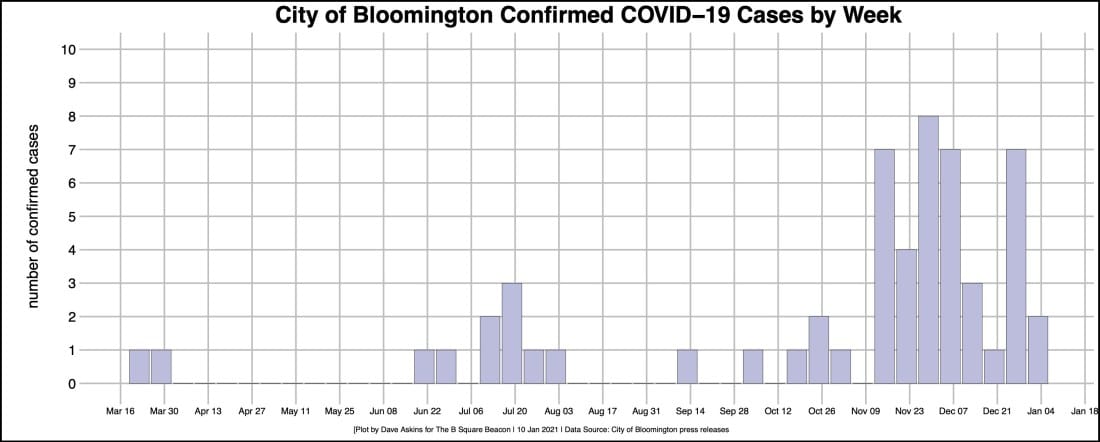

Indiana’s state department of health announced mid-week that people 80 years and older are now eligible to register for an appointment to receive the vaccine. That was the main newsy bit at Friday’s press conference of local leaders about response to the COVID-19 pandemic.
Up to now, just frontline healthcare workers have been able to get the vaccine.
According to the 2019 American Community Survey estimates, about 5,000 people who are 80 or older live in Monroe County. That’s out of a total population of about 148,000.
Registration in advance is required. The state has set up a vaccine registration website.
About half of the deaths caused by COVID-19 in the state of Indiana, and in Monroe County, have been among those who are 80 years or older.
As the first of the vaccine doses start to get distributed in Monroe County, the number of confirmed cases for the first week of the year has seen a recent upward trend. After trending downward for the last four weeks of the year, from a rolling 7-day average of around 100 cases to the mid-40s, the rolling average is now back up to around 75.
The adding up of raw case numbers was highlighted by Bloomington’s mayor, John Hamilton, at Friday’s health conference. Hamilton ticked through the stats for the number of city employees who have received a positive COVID-19 test.
From April through October, the city had seen one positive test among its employees every two weeks. But in November, one employee was diagnosed every two days, he said. Since the start of December, Hamilton said, the rate of employee positive tests has been two every three days.
In aggregated terms, through the end of November, the city had seen 32 cases among its employees. The latest total, based on press releases, is now approaching double that: 56. As a fraction of the city’s 850 employees, that’s about 6.6 percent. It’s lower than the statewide fraction of 8.4 percent (563,653/6,700,000) and a little more than the countywide fraction of 5.9 percent (8,711/148,000).
The number of cases is reflected in hospitalization rates. At Friday’s press conference, Brian Shockney, who’s president of IU Health’s south central region said that across the region there’d been a “small decrease” in the COVID-19 inpatients over the last week. But compared to the chart he shared on his screen, which was not updated to the freshest numbers from that day, Shockney said there were 13 more patients that would need to be added.
Shockney said it was possible to attribute the recent upward trend in cases to the effect of holiday gatherings through Christmas and New Year’s Day.
The pace of vaccinations by IU Health continues to be 500 shots a day, Shockney reported. Compared to the very first shots, distributed three weeks ago, Shockey said, “It’s a well oiled machine.” The total number of people to date who’ve received at least their first of two shots in Monroe County stands at 5,388, Shockney said.
The state’s vaccine dashboard will lag behind locally reported numbers. It’s updated every Wednesday.
The limiting factor right now, based on several sources locally and at the state, is the amount of vaccine available. Responding to a reporter’s question about the maximum throughput for vaccine distribution in Monroe County, Shockney he hoped that additional vaccination sites would be added in the future.
Adding to the site at I.U. Health’s Medical Arts Building, will be another site starting Monday (Jan. 11) operated by Monroe County’s health department, at the county convention center. All vaccinations require an appointment—no walk-ins are being accepted.
In his remarks on Friday, Kirk White, Indiana University’s assistant vice president for strategic partnerships, said the university’s next planning priority right now is for the vaccine. The big push the university is making is to make sure it educates students, staff and faculty about why the vaccine is important, White said.
Getting a high percentage of the university’s community vaccinated is crucial to continuing safe operations for the campus and the campus back up to “full speed,” White said. The reality is that getting back to regular operations might not happen until fall 2021, he said.
White also floated the possibility that the university could become a community vaccination site. He said IU’s Bloomington campus has been enrolled as a vaccination site, but has not yet received all the approvals from the state. Once the Bloomington campus has all the approvals from the state, IU will be able to set up its own vaccination operation, White said.
White said the university had already had the chance to fine tune the logistics of vaccine distribution with its flu vaccination program in the fall and its ongoing high-volume COVID-19 mitigation testing. “Hopefully, if things go well, we might even be approved as an open site for
the community,” White said.
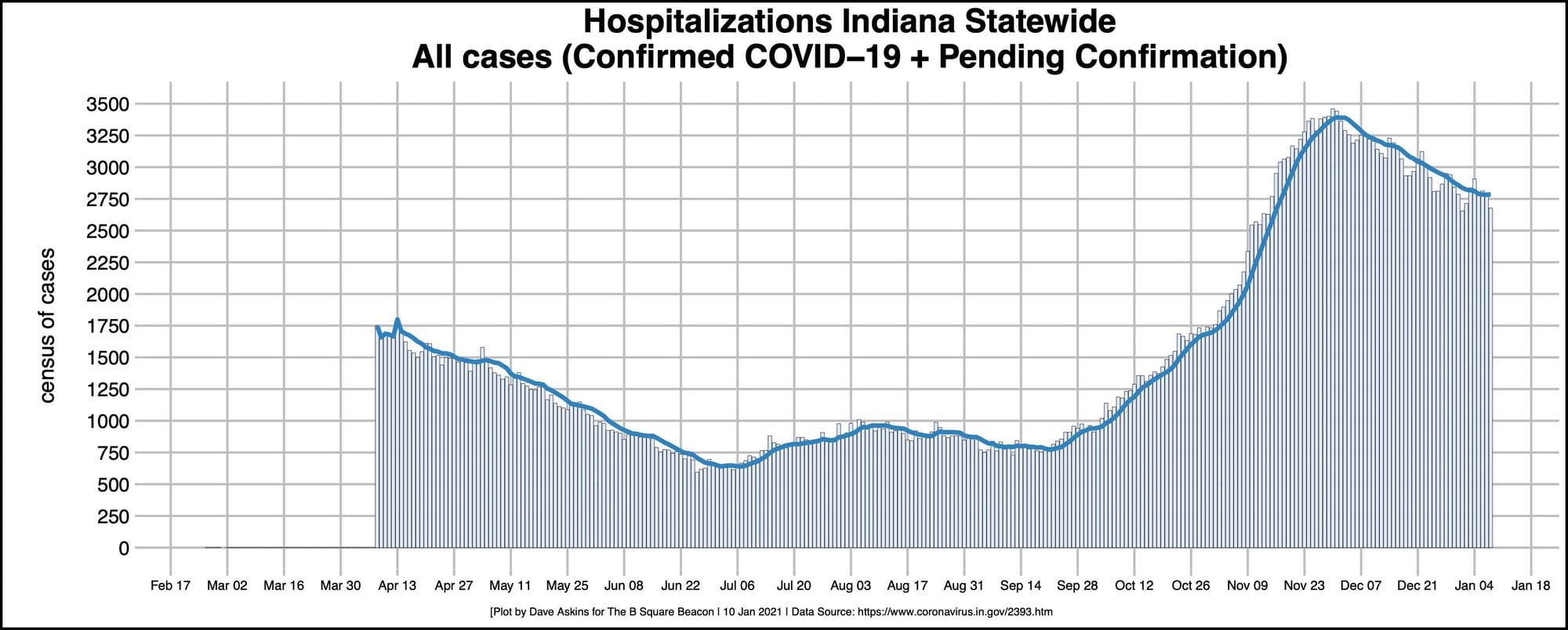
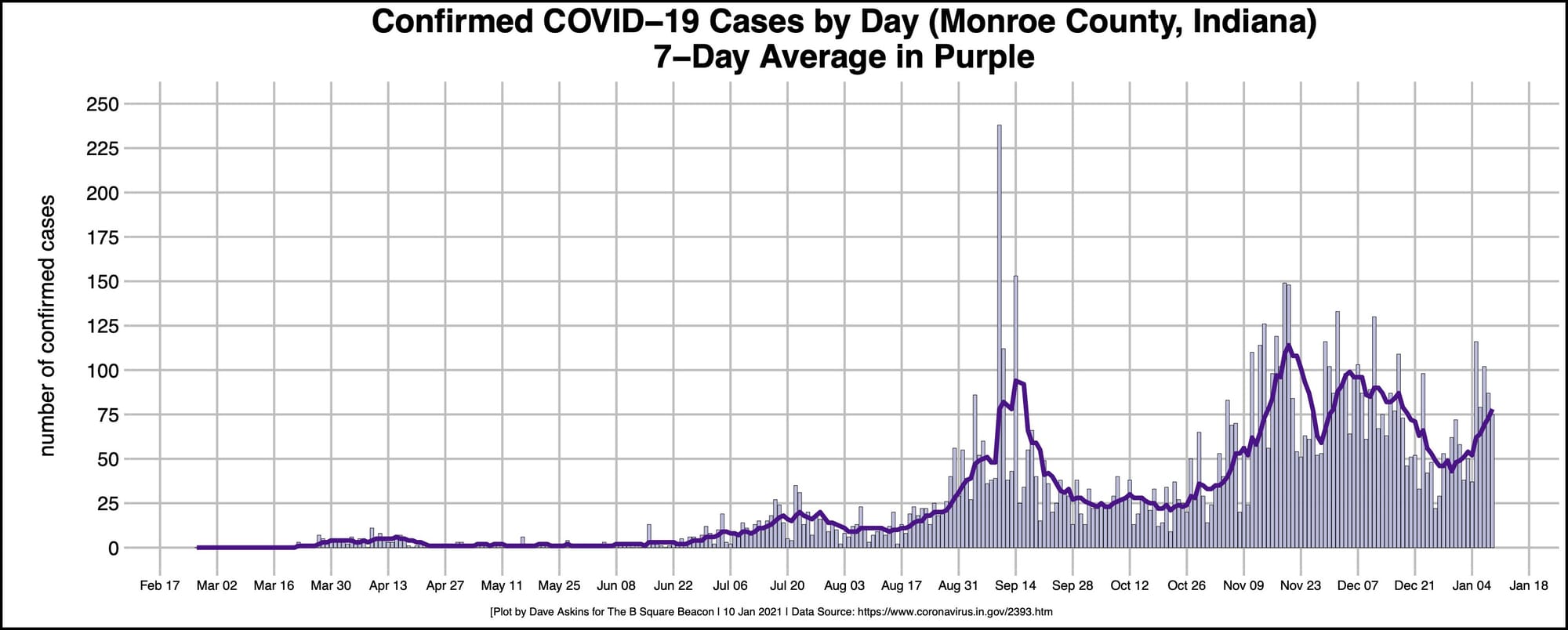
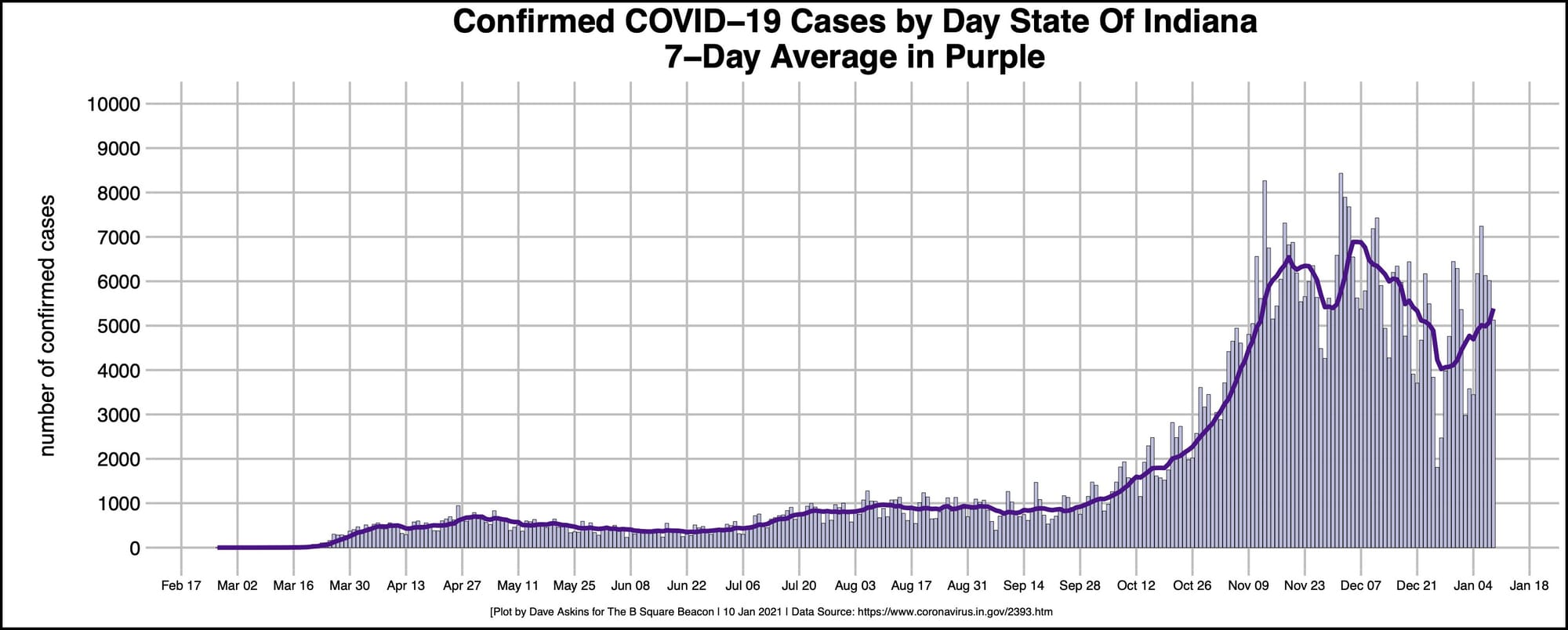
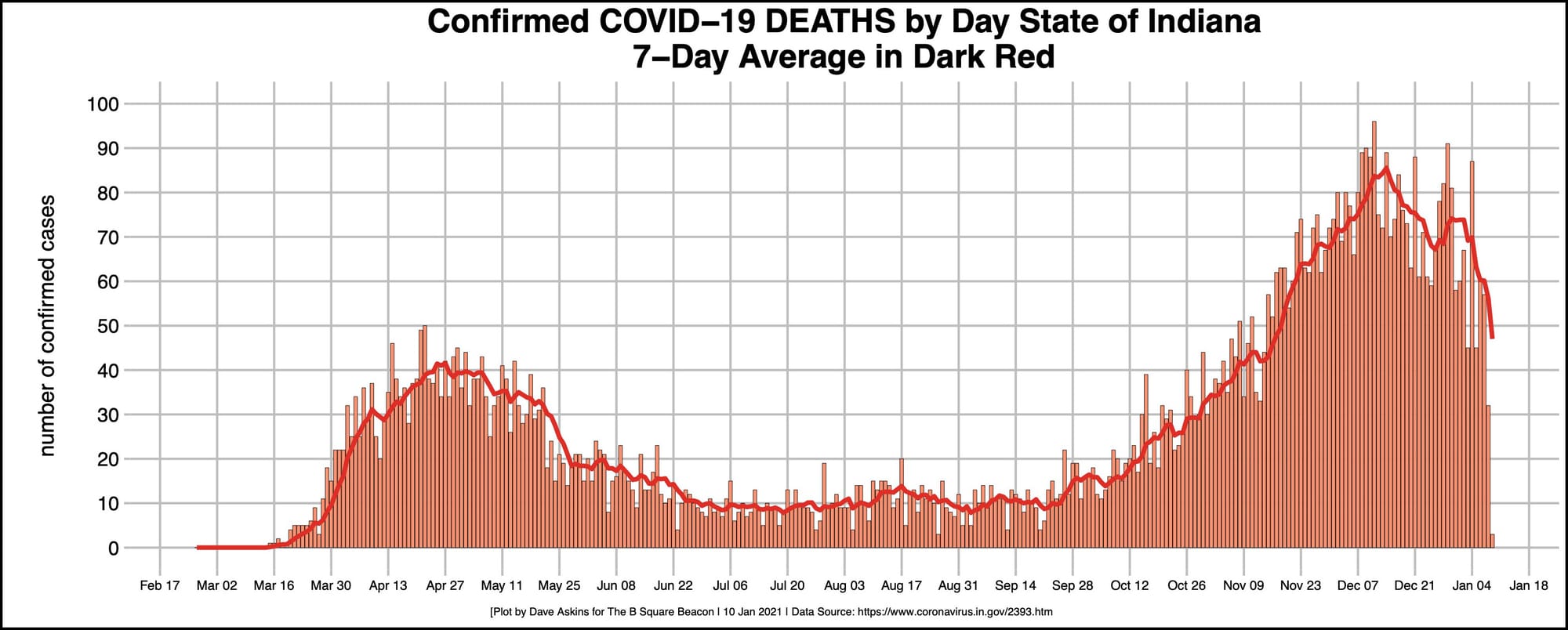
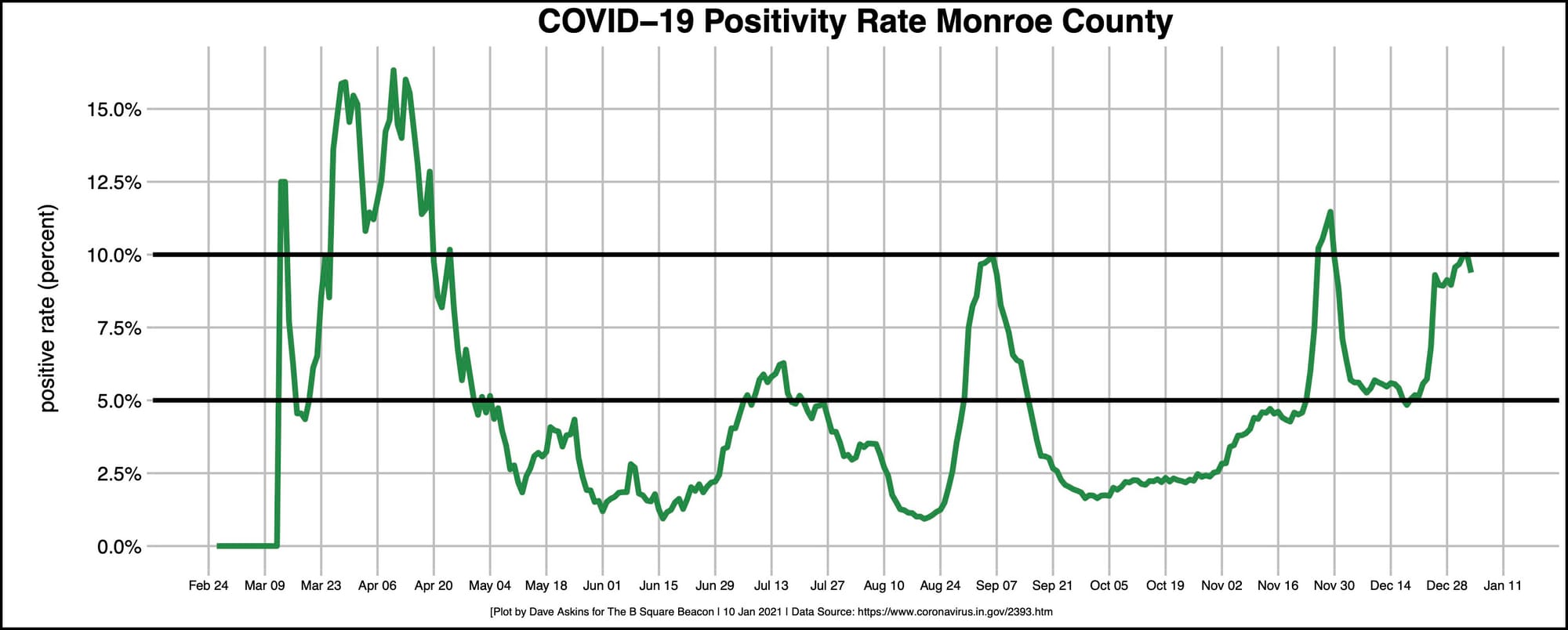




Comments ()